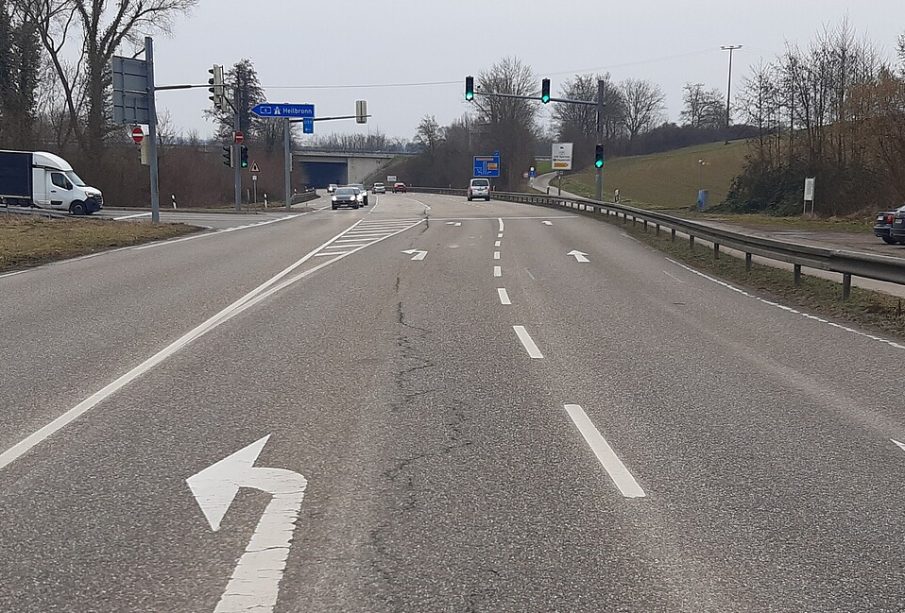The Importance of Traffic Management in Modern Cities

Introduction
Traffic congestion has become a significant issue in many urban areas around the globe. With increasing populations and vehicle ownership, understanding traffic patterns is essential for urban planning and public safety. Recent studies indicate that poor traffic management leads not only to economic losses but also impacts environmental conditions and public health.
Current Traffic Trends
According to a recent report by the TomTom Traffic Index, cities like London, Los Angeles, and Istanbul rank among the top with the highest congestion levels. The index shows that London commuters experience an average of 148 hours lost to traffic delays annually. In response to these alarming trends, many local governments are exploring innovative traffic management solutions.
Technological Innovations
Smart traffic lights, real-time traffic monitoring, and adaptive traffic control systems are increasingly being adopted to alleviate congestion. The implementation of Intelligent Transport Systems (ITS) has been a game changer in cities like Singapore, where traffic flow can be manipulated using data analytics. Sensors and automated systems work together to optimise traffic signals, improving the overall efficiency of road networks.
The Role of Public Transport
Public transport systems also play a crucial role in reducing road traffic. Many cities are investing in expanding their public transport networks to encourage more people to use buses and trains instead of private vehicles. For instance, London’s expansion of its underground system aims to reduce the number of cars on the road while providing faster commute options for residents.
Conclusion
The significance of effective traffic management cannot be overstated. As urban populations continue to grow, the need for efficient traffic systems becomes increasingly vital. Forecasts suggest that without proactive measures, urban congestion could worsen, leading to more pronounced environmental and economic repercussions. Ultimately, a combination of smart technology and robust public transport solutions may be key in ensuring that city roads remain effective, safe, and environmentally friendly.









